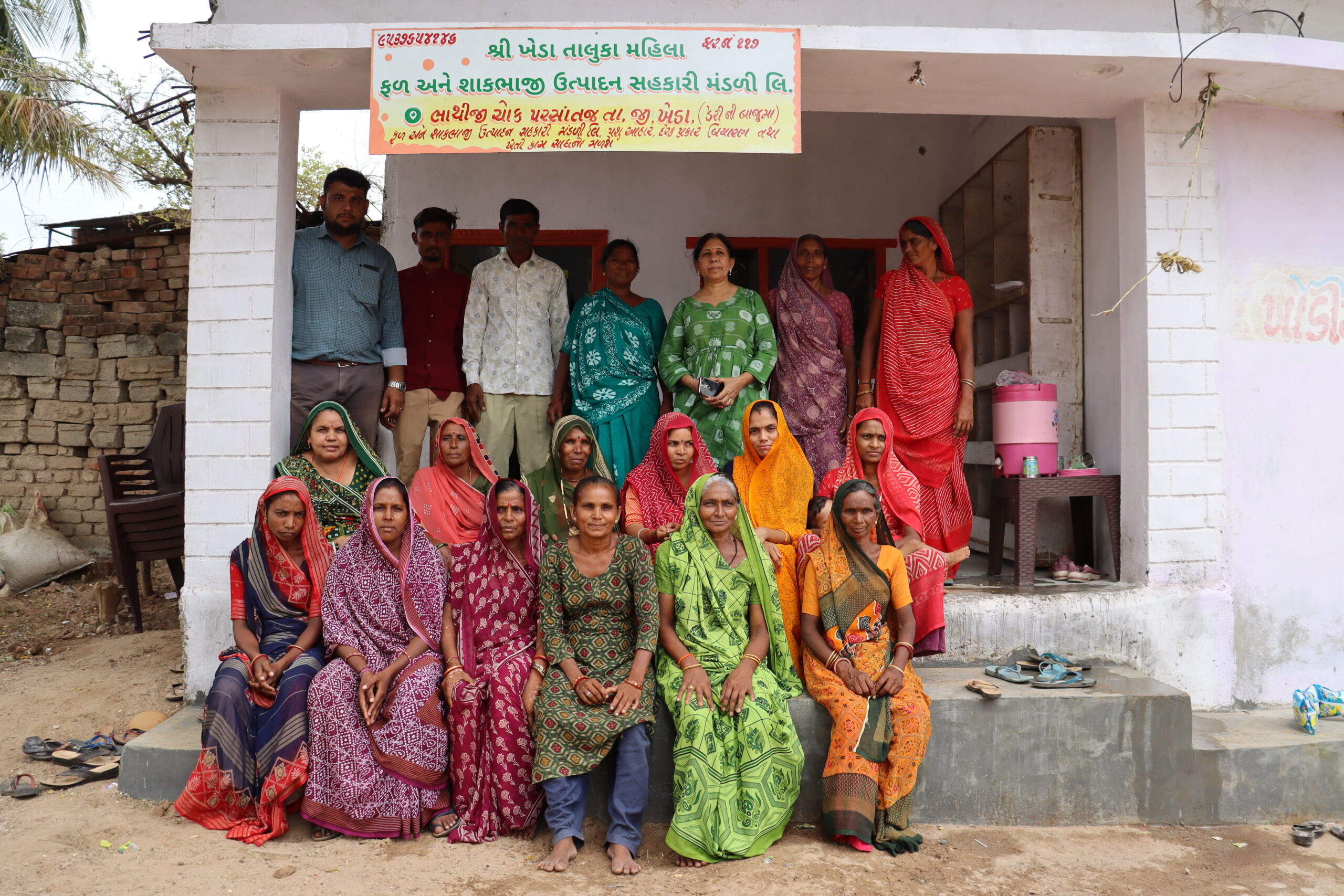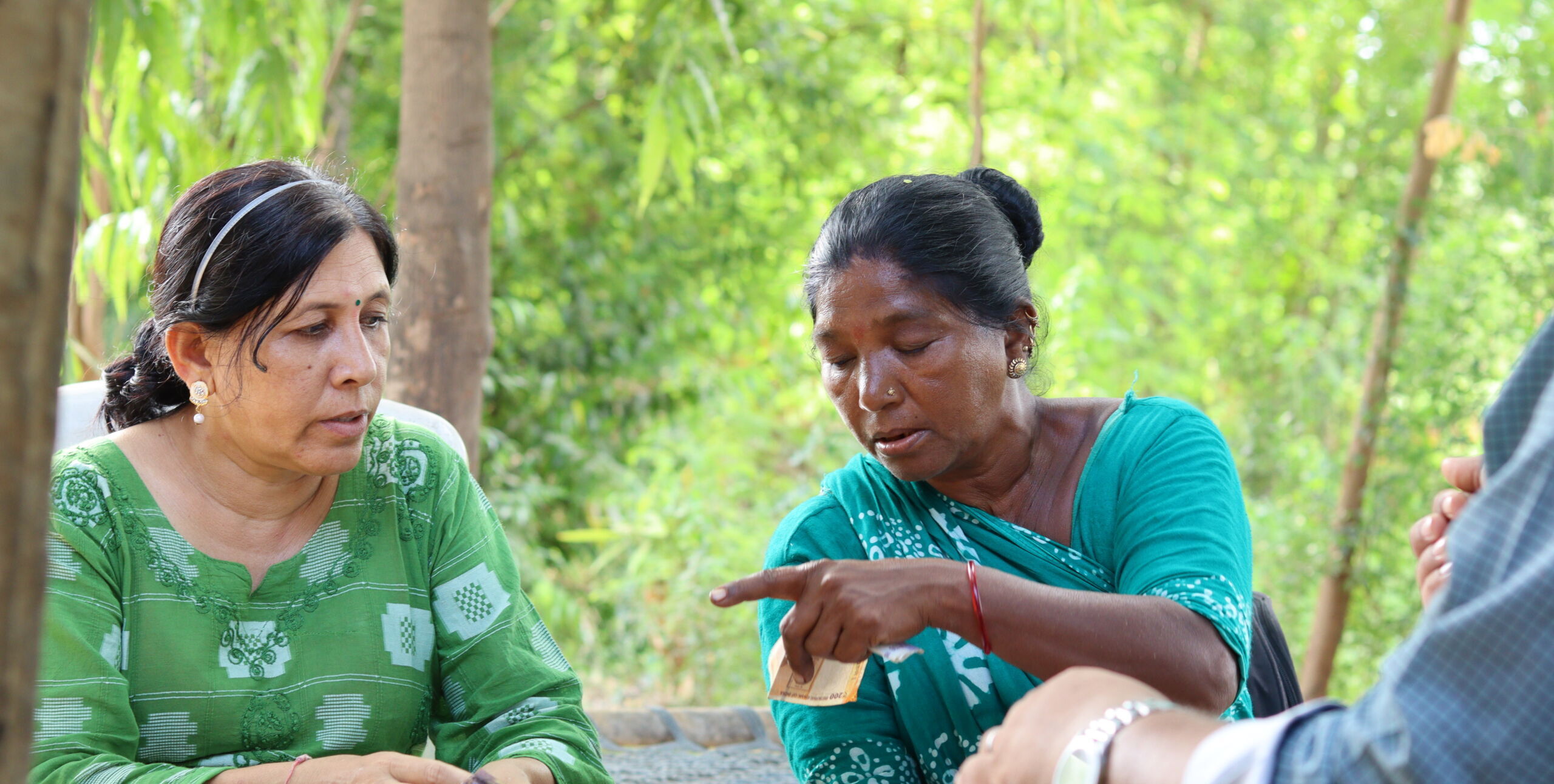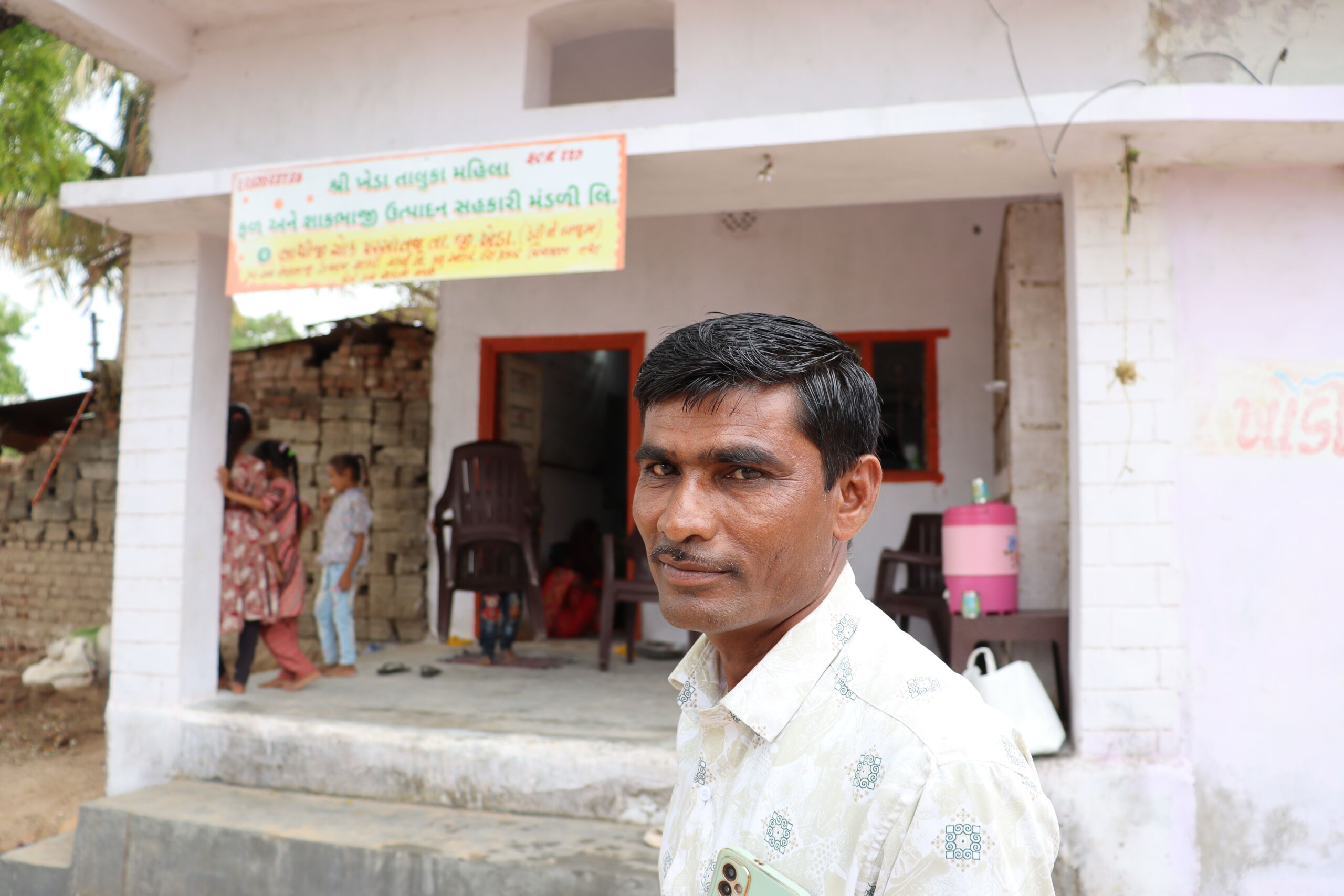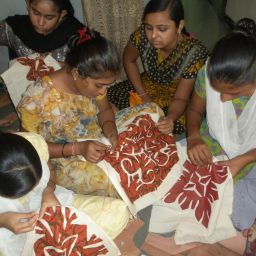Elaben Bhatt, the founder of SEWA, emphasizes in her book Anubandh that empowering people and restoring economic and political balance worldwide can be achieved by reducing the distance between consumers and producers, as well as between producers and raw materials. She stresses that importing food cannot solve food security issues; instead, the solution lies in local, community-driven solutions.
In the small villages of Kheda taluka, the members of The Kheda Women’s Farmers Cooperative are embodying this ethos by implementing hyperlocal solutions to solve their community problems. Started in 2011 by 54 women members from various villages in Kheda taluka, this cooperative is now venturing into the mustard market, providing better marketing linkages and new business opportunities. By acting as connectors within their communities and addressing village issues collectively, these women are not only revolutionizing the local mustard market but also providing efficient solutions to farmers in Kheda taluka. Here’s how the members of Kheda Cooperative, with SEWA Cooperative Federations’s support, are making mustard farmers profitable.

During the cooperative’s revival period, the members observed that most farmers in Kheda grow Mustard, known locally as Raida, in their farmlands.
“We thought, why don’t we sell it? We can give farmers better marketing linkages from the convenience of their homes and create a new business activity for the Kheda Mandali,” said Hansa ben of SEWA Cooperative Federation.
Raida, the main Rabi oilseed crop of Gujarat, is sown in October-November and harvested in January-March. It requires less irrigation compared to other Rabi crops such as wheat, grams, coriander, and fennel.
Until now, Kheda Cooperative’s work focused on the input side of agriculture—seeds, tools, and other inputs. To expand their business, they decided to enter the output side by buying mustard from Kheda farmers and selling it to the market.
“If Kheda Cooperative takes up this new business activity, it will not only profit them but also provide farmers with better market linkages. Farmers often do not know the best price for their mustard, but with Kheda Mandali stepping in, they can get the best price from the convenience of their homes,” said Paresh bhai of SEWA Cooperative Federation.
Field Insights: Understanding Raida Cultivation in Kheda
The cooperative surveyed 49 farmers to determine how many were growing mustard and the amount of land they dedicated to it. Then, to understand how farmers sell their mustard to the market, they began by meeting farmers in the villages of Shankar Pura and Nana Dadedha. Farmers first take a sample of their mustard to different markets to gauge pricing and then sell the entire output once it is ready.

“Small farmers who want fast cash to buy seeds, fertilizers, and other inputs required to grow the next seasonal crop – look for quick access to the market in selling their mustard crop. By giving them a convenient, near home substitute for markets outside kheda – not only we can make it time and effort efficient for them – we can also save the logistics cost that they incur in finding the right market.” – Hansaben, SEWA Cooperative Federation
Mapping Market Trends for Mustard
The cooperative then studied the markets, discovering that farmers had been selling mustard both within and outside Kheda for a long time. They began by understanding where the farmers sold their produce. With advice from Dr. KG Mehta, an agricultural expert, they identified two types of mustard markets.
First, they identified the local markets of Kheda, Memdabad, Bareja, and Nenpur.
Second, they identified markets outside Kheda, including the mustard oil mills of Naroda and Unjha, the APMC markets of Patan and Unjha, and the Madhopur market. The oil mills dealt with credit and debit notes and reported back after 2-3 days with a price report, checking the oil content of the mustard sample.
To find the best prices for the mustard produce, they learned how mustard seeds were graded. Four important components included:
1. Oil content,
2. Moisture content (less is better),
3. Size, bigger mustard seeds were preferred for oil mills.
4. Color, indicating the ripeness of the seeds (darker was better).
The Cooperative even bought a moisture measuring machine to test the samples.
“Kya bhaav milega?” From Farmer Mobilization to Mustard Selling
The Cooperative. Despite their market knowledge, convincing the farmers to sell their mustard to the Cooperative proved more difficult than anticipated. Farmers were skeptical because it was the first time the Kheda Cooperative was entering the output business. Additionally, due to the nature of their work, the farmers wanted fast cash for the next cropping season.
“Kya bhaav milega?” (What price will we get?) was a constant question. Two farmers, Kantibhai and Govardhanbhai, agreed to participate. With samples of their mustard, the team went to the oil mills to get pricing. After receiving the quotation, the farmers took their time to check the market and then trusted the Mandali with their produce.
 “I received 820 rupees for 20 kgs of Raida. I am happy with the Mandali’s support—it reduced my effort in finding the right market to sell and get the right price. Next time, I will sell it to Kheda Mandali again,” said Kantibhai, a farmer from Nana Dadheda who sold Raida to the Mandali.
“I received 820 rupees for 20 kgs of Raida. I am happy with the Mandali’s support—it reduced my effort in finding the right market to sell and get the right price. Next time, I will sell it to Kheda Mandali again,” said Kantibhai, a farmer from Nana Dadheda who sold Raida to the Mandali.
Govardhanbhai, another farmer from Nana Dadheda, received 870 rupees for 20 kgs of Raida, better than the market rates he found.
Successfully selling 1 tonne of mustard at the Naroda oil mills and securing the best market linkages for the farmers, this new endeavor succeeded on the first attempt. It also provided valuable insights for the Cooperative to plan their next cycle.
Empowering Local Economies through Collective Action
By acting as connectors within their community, this women farmers cooperative is bridging the gap between local farmers and larger markets, making their local economy more self-sustaining. Following are some insights gained from this venture. These provide a blueprint for other collectives to follow, ensuring that local economies thrive through mutual support and strategic market linkages:
Advance Planning and Farmer Engagement: It is crucial to plan the entire cycle before the season starts. This includes organizing seeds, training, and input tools. Mobilizing farmers before they sow their seeds ensures they are aware of the benefits and processes involved.
Comprehensive Market Understanding: Studying and understanding both direct and oil mill markets helps in making informed decisions. These are dynamic markets with significant price differences. Knowing the grading criteria and market demands ensures better pricing and quality control.
Building Trust with Farmers: Establishing trust is essential for successful transactions. Continuous engagement and transparent communication about market prices and processes can help in gaining farmers’ confidence.
The learnings from Kheda Cooperative’s mustard journey has provided valuable insights into how collective action can not only transform local economies but also strengthen communities, paving the way for a more sustainable and inclusive future.















